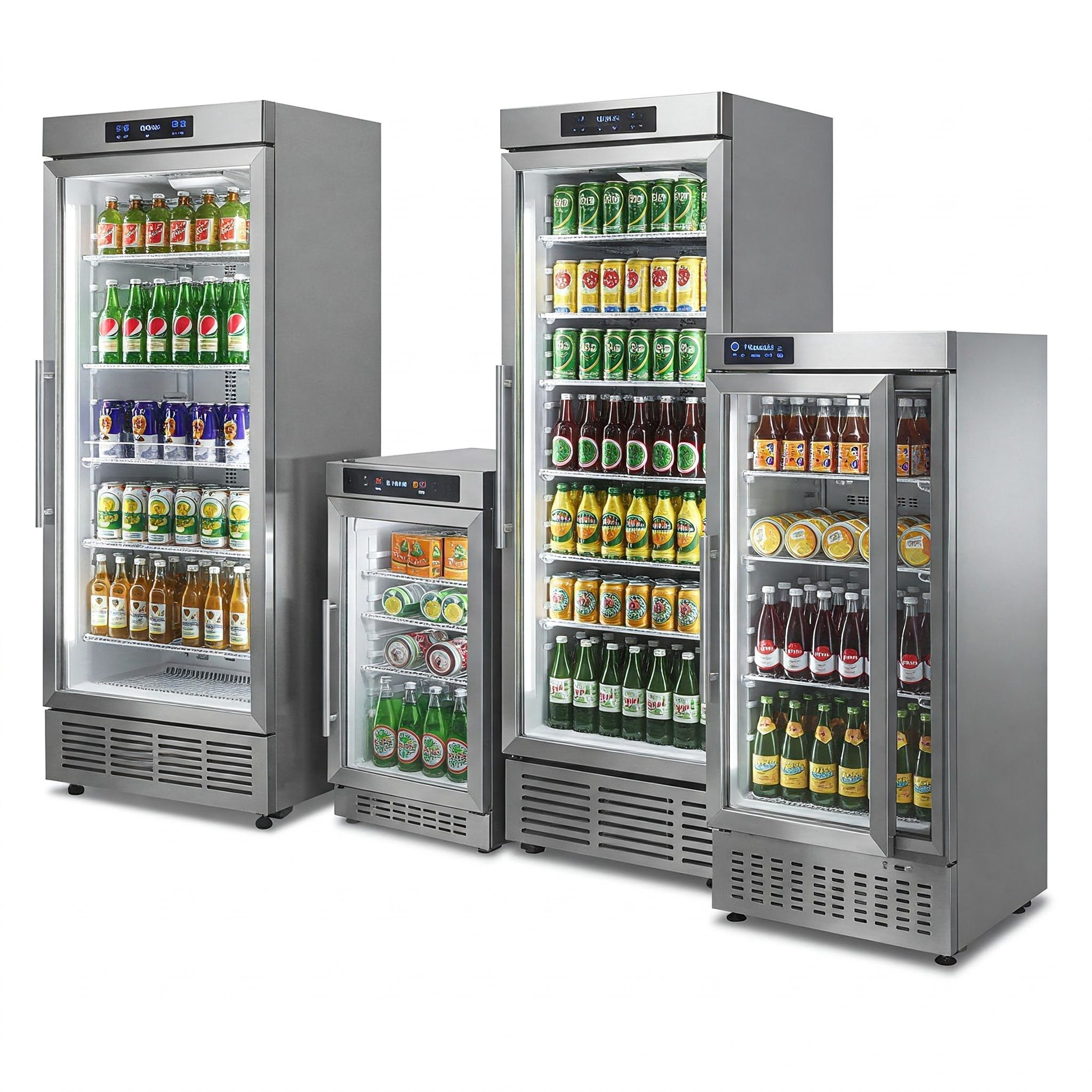Bottle Coolers: A Comprehensive Guide
Bottle coolers are essential appliances for efficiently chilling beverages, whether at home, in restaurants, or at events. They are specifically designed to maintain optimal cooling temperatures for bottles, cans, and other beverages, ensuring freshness and drinkability. This guide will provide an overview of bottle coolers, their types, uses, and tips for maintenance.
What Are Bottle Coolers?
Bottle coolers are refrigeration units designed for cooling and storing beverages. Unlike standard refrigerators, they are optimized for quick cooling and easy access to bottled or canned drinks. They are commonly used in:
- Bars and pubs.
- Restaurants and cafes.
- Homes (for entertainment spaces or personal use).
- Events or catering setups.
Types of Bottle Coolers
1. Back Bar Coolers
- Description: These are compact, under-counter units typically found in bars or cafes. They maximize space while offering easy access to beverages.
- Features: Glass or solid doors, adjustable shelves, and LED lighting for product display.
- Best For: Commercial establishments with limited space.
2. Upright Bottle Coolers
- Description: Larger units with vertical shelving to store a higher volume of drinks.
- Features: Available with glass doors for display or solid doors for better insulation.
- Best For: High-volume beverage storage in bars, restaurants, or stores.
3. Countertop Coolers
- Description: Small, portable coolers designed for limited quantities of beverages.
- Features: Compact design, often with a single door.
- Best For: Personal use, small cafes, or event spaces.
4. Bottle Freezers
- Description: Designed for freezing drinks or keeping them at sub-zero temperatures for specific beverages like frosted beers.
- Best For: Specialty drinks or themed beverage services.
5. Portable/Outdoor Bottle Coolers
- Description: Lightweight and designed for outdoor use with robust insulation.
- Best For: Camping, picnics, or outdoor events.
Key Features to Look for in a Bottle Cooler
- Temperature Range: Most bottle coolers operate between 34°F and 50°F. Choose based on the beverages you plan to store.
- Capacity: Measured in liters or bottle counts—determine your needs based on volume.
- Energy Efficiency: Look for ENERGY STAR-certified models to save on energy costs.
- Door Type: Glass doors are ideal for display; solid doors offer better insulation.
- Lighting: Internal LED lights improve visibility and presentation.
- Ventilation Type: Front-venting coolers are great for built-in spaces, while rear-venting models need clearance.
Tips for Maintaining Bottle Coolers
Proper maintenance is crucial for efficient operation and extended lifespan. Here are some tips:
Daily/Weekly Maintenance
- Clean the Interior: Wipe down spills and stains using a mild detergent to prevent odors.
- Organize Stock: Keep bottles and cans neatly arranged for better airflow.
- Check the Door Seals: Inspect the gaskets for wear and tear to ensure proper insulation.
Monthly Maintenance
- Clean Condenser Coils: Dust buildup can hinder cooling efficiency. Use a vacuum or brush to clean the coils.
- Defrost (If Needed): For models without auto-defrost, remove frost buildup to maintain performance.
- Inspect for Leaks: Ensure there’s no water pooling at the bottom, which may indicate drainage issues.
Seasonal Maintenance
- Check the Thermostat: Ensure the temperature control is functioning accurately.
- Service the Motor: For heavy-duty commercial coolers, schedule professional servicing annually.
- Calibrate Temperature Sensors: Verify that the cooler maintains consistent cooling.
Troubleshooting Common Issues
- Cooler Not Cooling Properly:
- Check thermostat settings.
- Clean condenser coils.
- Ensure the door is closing tightly.
- Frost Build-Up:
- Defrost the unit manually if necessary.
- Inspect seals for air leaks.
- Excess Noise:
- Ensure the cooler is placed on a level surface.
- Check for loose components or debris near the fan.
- Water Leaks:
- Clear clogged drain pipes.
- Check the drip tray for overflows.
Choosing the Right Bottle Cooler
When selecting a bottle cooler, consider the following:
- Purpose: For personal use, go for countertop or small coolers. For commercial use, opt for back bar or upright coolers.
- Space: Measure the available space before purchasing.
- Budget: Higher-end models offer advanced features like smart cooling, but basic models are more affordable and functional.
Explore More on Bottle Cooler Brands
For a deeper dive into troubleshooting, error codes, and detailed specifications, check out our dedicated pages for the most popular bottle cooler brands in the UK:
Hoshizaki Bottle Coolers
Hoshizaki is renowned worldwide for its advanced controls and robust performance. Their comprehensive documentation makes it easy to diagnose and resolve issues quickly, ensuring efficient and reliable operation.
Visit the Hoshizaki Bottle Cooler page for detailed troubleshooting and specifications.
Foster Fridge
A trusted name in the UK market, Foster Fridge provides high-quality and durable refrigeration solutions. Their detailed manuals and error code guides help businesses maintain optimal performance in demanding foodservice environments.
Learn more about Foster Fridge troubleshooting and support.
True Refrigeration
True Refrigeration is known for its innovative design and energy-efficient solutions. Built for rigorous foodservice operations, True bottle coolers offer long-lasting performance and easy maintenance.
Visit the True Refrigeration page for in-depth troubleshooting and error code details.


